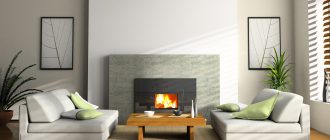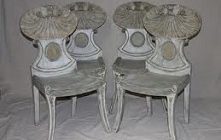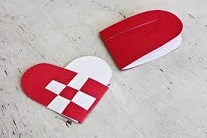Swedish cope log homes are easy to make and very convenient. Log homes offer a good protection against the harsh winter days and cold nights. Read our guide for more facts & information…
Swedish cope logs provide good materials for log homes. They are amazing to look at when finished and they are considered the best materials in log home construction. Wood components of log homes vary. One can choose among green logs, air dried logs, kiln-dried logs, glue-laminated timber or milled logs. These logs vary primarily in moisture content.
Log homes are built by stacking logs one after the other and applying filling materials between the joints. Swedish cope cut logs are concave-shaped. This particular cut allows the logs to perfectly fit with one another. It gives a tight fit securing the joints of log homes. Cope logs are ridged on the bottom so they can be neatly placed on top of one another to better seal the home. The ridge perfectly matches the arc of the log below giving contractors an easy time in building Swedish log homes. Instead of the ends holding the weight of each beam of log, cope cut logs provide more strength and stability in the overall construction of the whole house.
Contractors opt for Swedish cope logs and most log kit homes come with cope cut logs. This style is designed to be weatherproof since perfect joint connections reduce the amount of moisture that seeps into the logs due to rain and snow.
The roof system of Swedish Cope homes can either be round logs, square timbers, glue-laminated beams, or standard trusses. Many homes utilize a combination of these styles. Most commonly round logs are used for the great room section of the home. Then over the bedrooms and garage areas standard trusses are incorporated. This helps limit the costs somewhat on the homes and also allows for things such as attic trusses over the garage to expand the living and storage spaces.
Building log homes with Swedish cope logs are more weather tight than other log home construction methods. The interwoven design prevents moisture from entering at the joints since moisture would have to travel up to penetrate the inside of the log home. A special log adhesive used during stacking on the logs is also used to seal the outside wall and interior surface to create a triple seal along the seams in the log wall. This triple seal ensures a tight seal on your log home. This simple and effective design keeps heat in during the winter and out during the summer, making your log home more efficient and cost effective to maintain your preferred climate.
Log homes are also energy-efficient. The logs provide enough insulation; therefore they are the choice home in Sweden where winters can be very cold.





